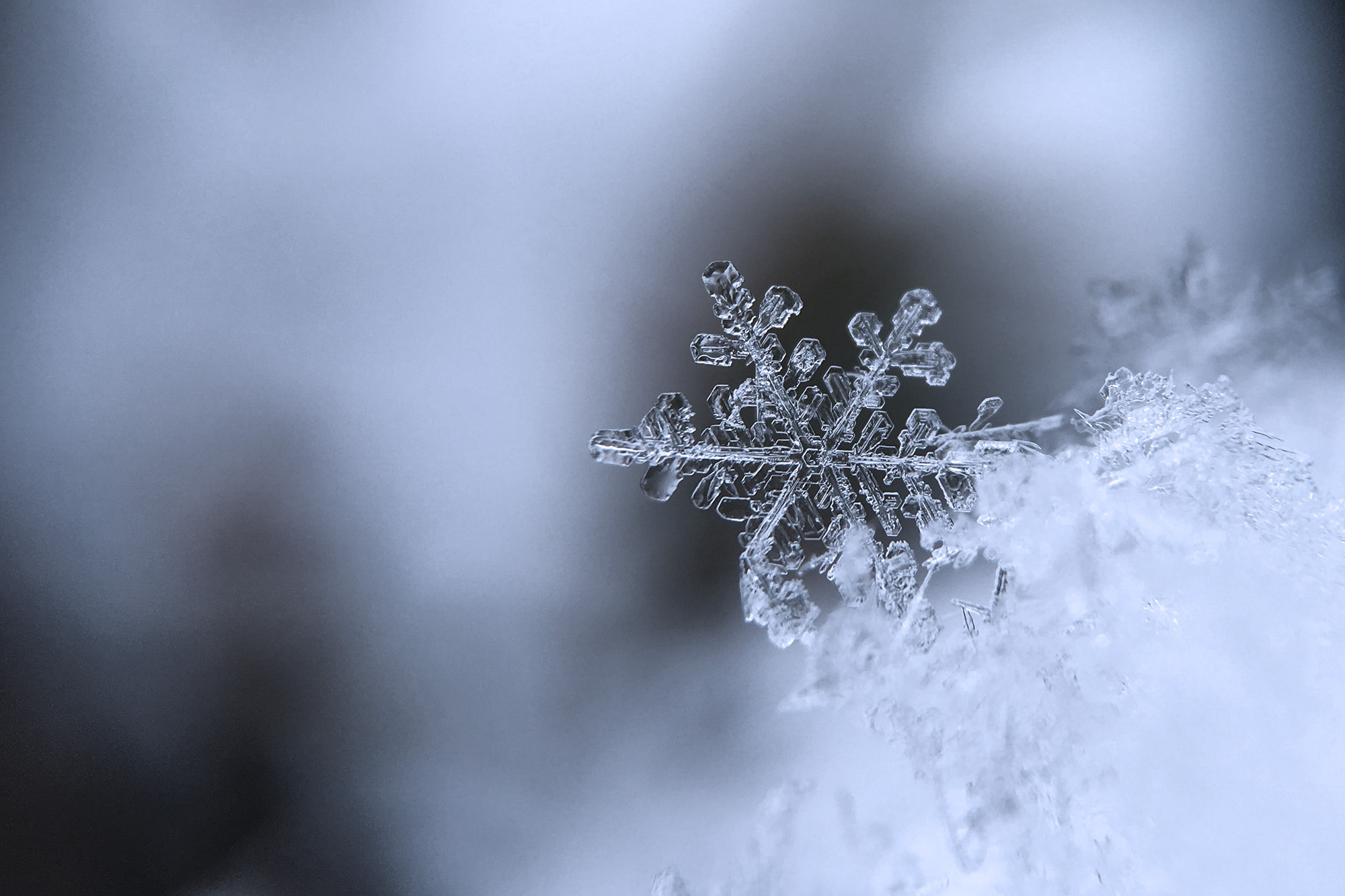You’ll have almost certainly heard the old falsehood that the Inuit have hundreds or perhaps even thousands of words for snow. This stems from a misunderstanding of the grammar of Eskimo languages such as Greenlandic and Inuktitut, which are based on agglutination, or the idea of sticking bits of words together.
What this falsehood relies on is the idea that different cultures have different ways of expressing phenomena specific to their lived experience – it might be logical to many Europeans, for example, that the Inuit have developed a highly descriptive, nuanced vocabulary to describe the snowy environment in which they live.
In linguistics this is known as relativity, or the Sapir–Whorf hypothesis, and is interpreted by many as “you can’t understand something you don’t have the words to describe”. This overly literal interpretation is not generally accepted by linguists – but we’re getting bogged down in a discussion of theory here.
While linguistic relativity is a bit of a controversial subject, what we can say for certain is that different languages have evolved different ways of describing the weather, and that some languages offer more shades of nuance than others. In this article, we’ll take a look at some of the more succinct and idiosyncratic weather words in a few Nordic languages.
Icelandic
The rich spectrum of weather words in Icelandic reflects the highly changeable and often dramatic weather conditions experienced on this North Atlantic island. Exposed as it is to chilly Arctic gusts and northerly breezes from the Mexican Gulf, conditions are often dramatic and are rarely stable for long.
In the depths of winter, you’re likely to experience skafrenningur or “drift runner”, a kind of dry, drifting snow, along with a fjúk or drífa, a particularly blustery, heavy snowstorm. A mere blizzard might be described as a hríð. Once it’s hit the ground, you can describe it simply as snjór, although you can opt for the more poetic fönn or mjöll. As it starts to warm up, sleety snow falls as slydda and, once on the ground, krap (also the word for a slushy ice drink). If you’re particularly unlucky, this will freeze into hálka overnight: smooth, very slippery ice that’s almost impossible to walk on.
In spring and summer, you’re more likely to encounter a demba, or rain shower. A not uncommon occurrence is the hret, a sudden outburst of cold, rain and snow in what was otherwise a perfectly pleasant week of spring weather. Ever present in all seasons is the relentless rok, a strong, dry wind that upsets dustbins and tourists alike – and requires you moisturise constantly.
Our Icelandic translation services
We offer translation services from English, Danish, German and Swedish into Icelandic, and from Icelandic into English.
Norwegian
Norway stretches across 24 degrees of latitude and faces out onto the North Atlantic and Arctic oceans. Its long coastline and rugged, mountainous terrain mean that the country is værbitt, or “weather-bitten”, by a wide range of conditions, words for which are preserved in the many dialects of Norwegian.
In Telemark so-called “dirty” weather – i.e. when it’s cold and slightly wet and windy – is described as gnæsi. In Engerdal in southeastern Norway, if it’s snowy and blustery outside and you’re best off staying indoors, then you’re experiencing buvær or “shack weather” (this is similar to the Icelandic gluggaveður or “window weather”, i.e. weather that’s best enjoyed on the inside of a window). In Oppland, a snowstorm is known as drevvær or “driving weather”, referring to the motion of the snow (compare Icelandic drífa). In standard Norwegian, this might be known as a snøfokk or “snow blow”, fokk coming from the verb fyke “to drift, blow”.
Continuing the snowy theme, in Agder in the south, fine-grained snow is known as fygl. Up in Rana in the north of the country, slushy snow is known as sørpa. In the west, snow that doesn’t settle is called torrkjøving. In northern Trøndelag, there’s even a specific verb for sinking into “rotten” snow, such as that which forms underneath a tree in late winter: vadetruge. Then there’s perhaps the funnest of all: kram. This is snow that’s easy to pack together and is perfect for building snowmen or making snowballs.
There are also dozens of words for icy or slippery conditions, including hålke or hølke (compare Icelandic hálka), fuballføre, glarhålka, glerunden, hault, hålt, klakkføre and speilblankt. A particularly interesting example is svikhålt, or “deceptively slippery”, which refers to invisible ice such as black ice.
A final favourite of one of our in-house Norwegian translators is kakelinna or the “cake thaw”. This refers to a period of mild weather around Christmas, which folk belief credits to the increased use of ovens during that time for all the Christmas baking.
In the case of Norwegian, it should be noted that the abundance of weather-related words has more to do with the relative lack of standardisation in the language and acceptance of dialectal variations rather than a vocabulary that concisely expresses subtle differences between types of snow, for example.
Finnish
Most parts of Finland experience heavy snowfall in the winter due to its continental location. Straightforward snow is called, quite simply, lumi. However, big, fluffy snowflakes are not an uncommon occurrence. There are a few different words for these, all metaphorical, such as tiskirätit “dishcloths”, karvalakit “fur hats” and vaipat “nappies”. Finnish also has its equivalent of the Norwegian kram – that perfect builder’s snow – or nuoska.
Our Finnish translation services
We offer translation services from English, French, German and Swedish into Finnish, and from Finnish into English.
We’ve seen that although we can count many words relating to the weather in the languages we’ve looked at, it’s not the case that they all pertain to unique conditions that English lacks the words to describe. What we can say, however, is that many of them nail a precise meaning in a concise way, whereas we might simply need a few more words to get the same meaning across.
This boils down to the essence of translation: the meanings of words across languages don’t always correspond 1:1 and often terms overlap awkwardly. Which for us linguists is a good thing, as it shows precisely why we’re needed.
Finnish language, Icelandic language, Nordic languages, Norwegian language




